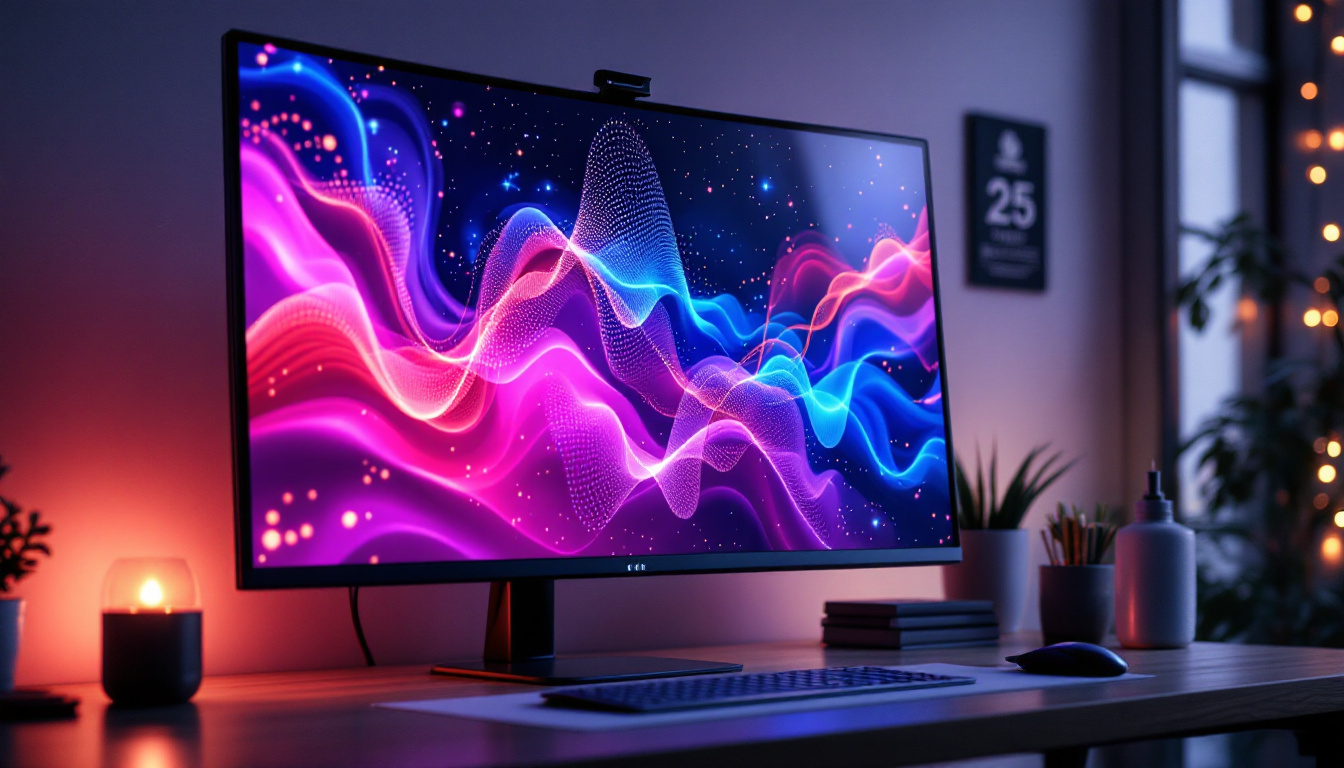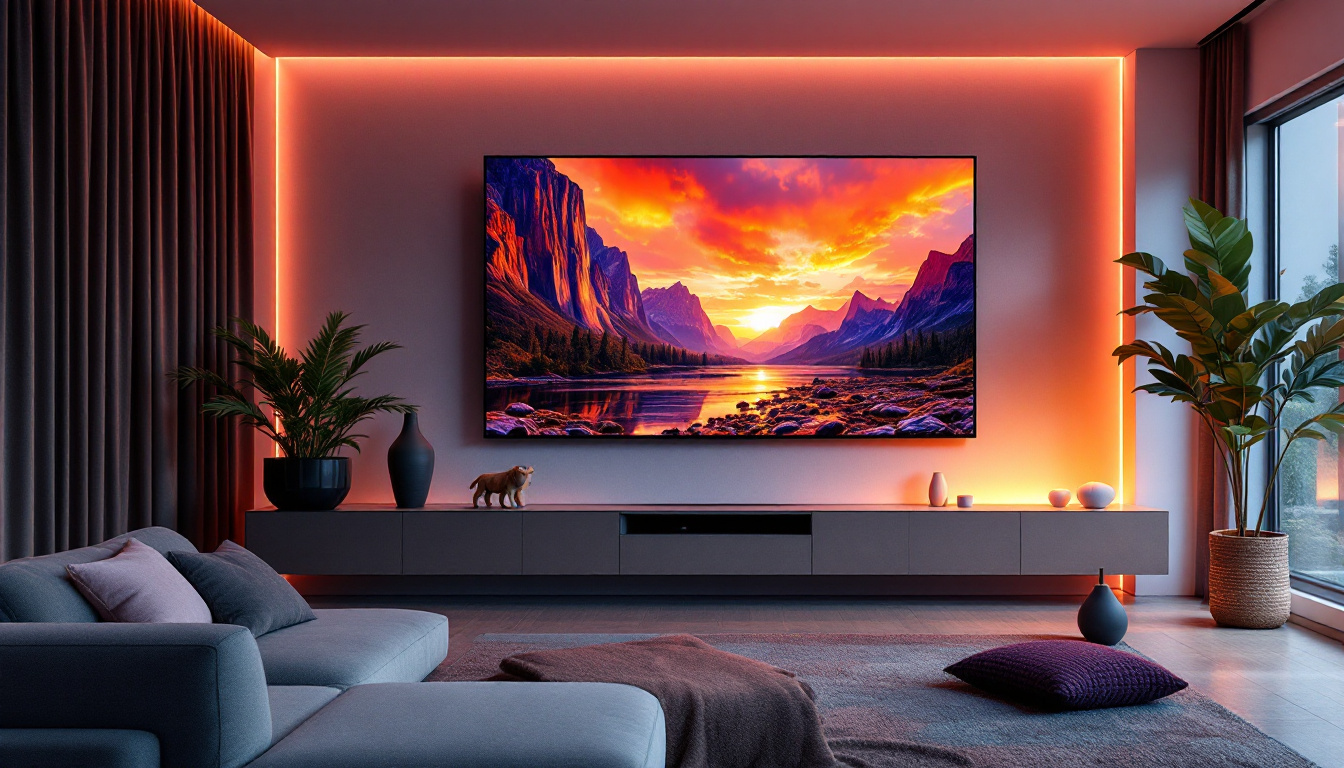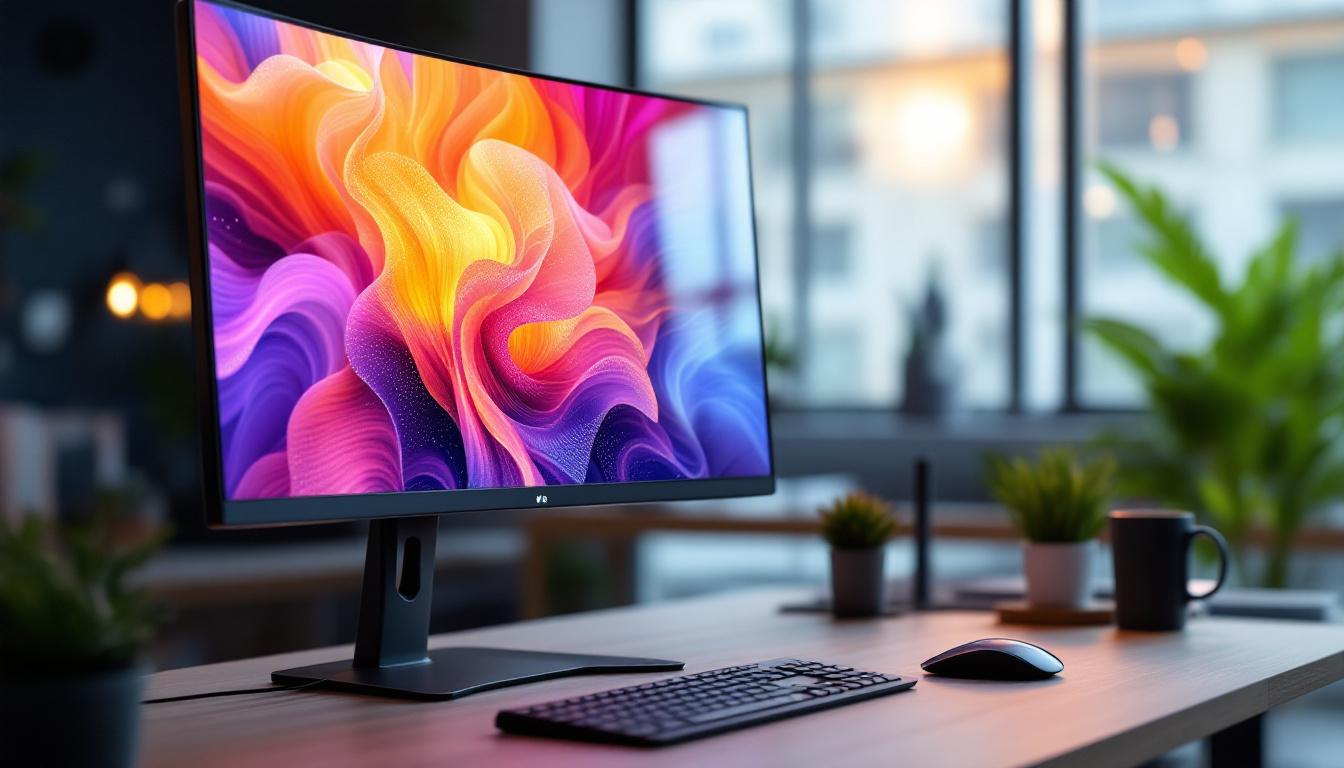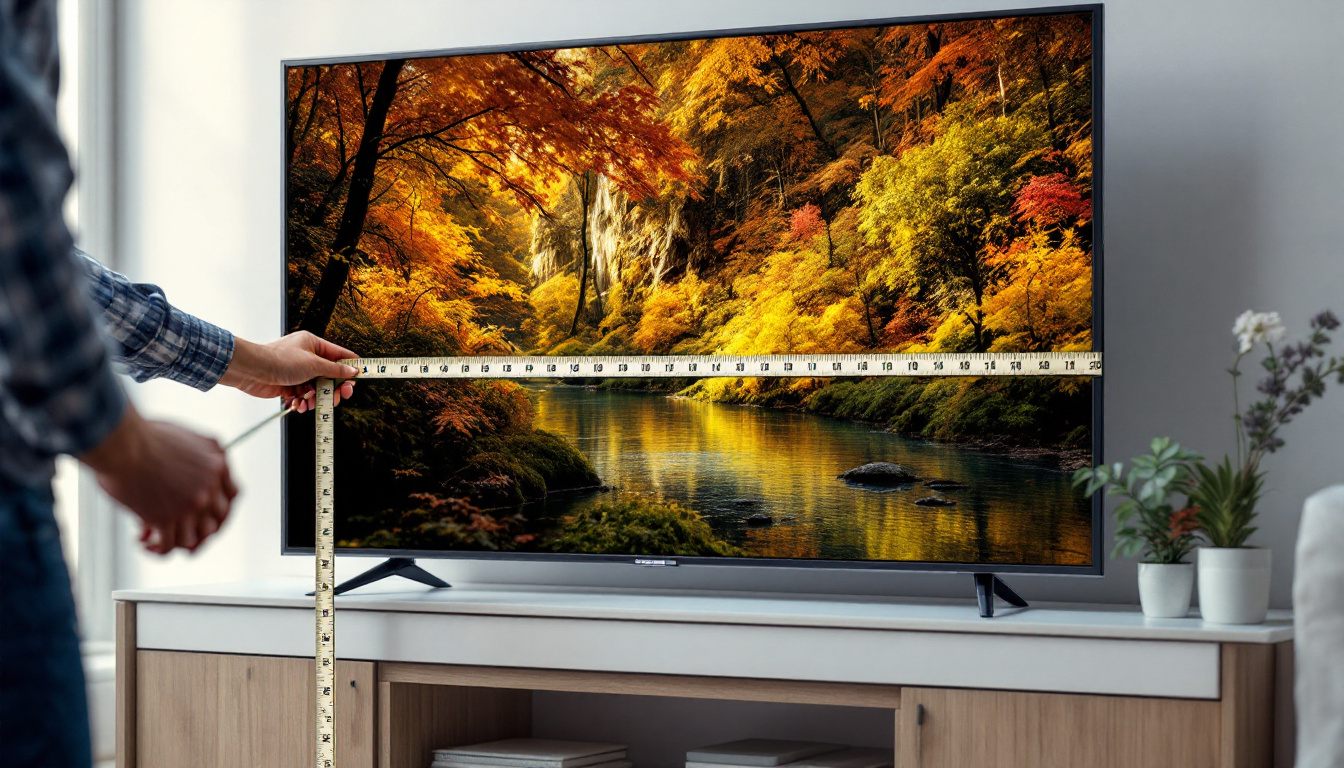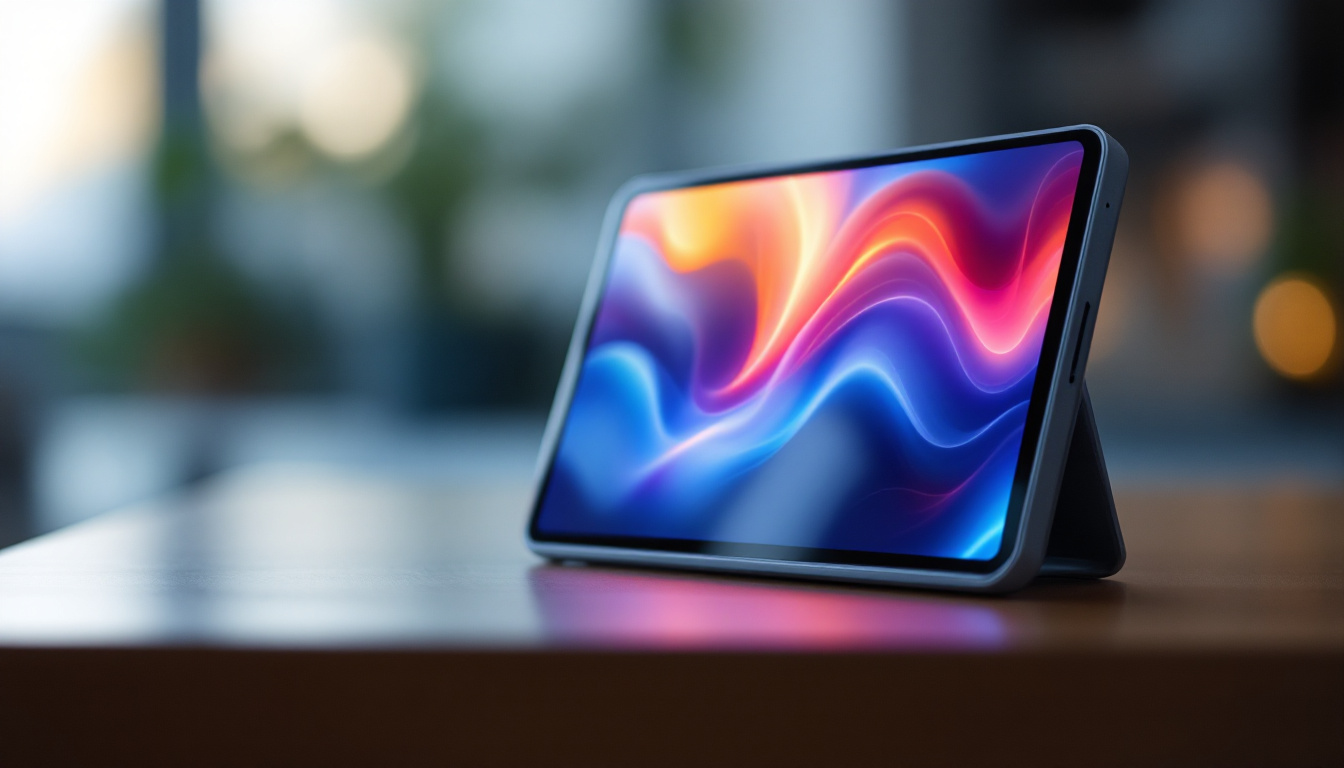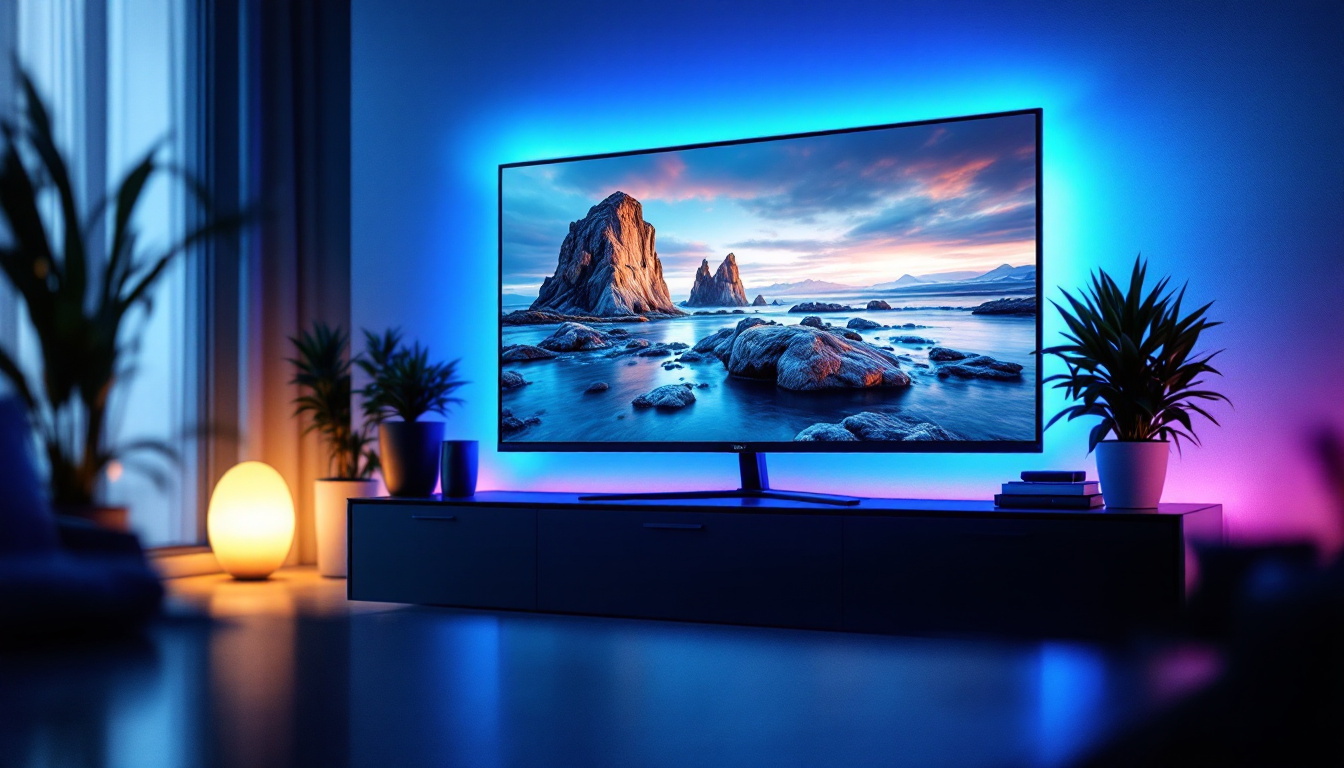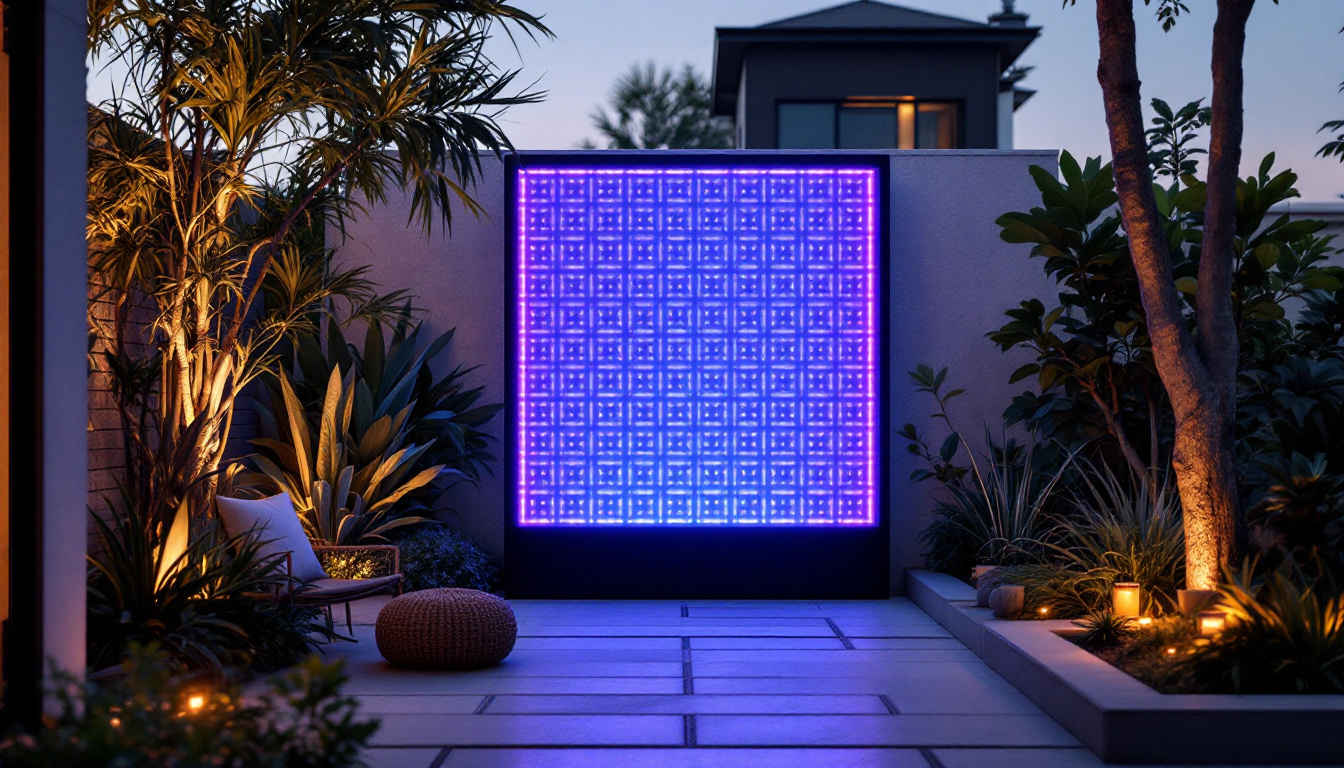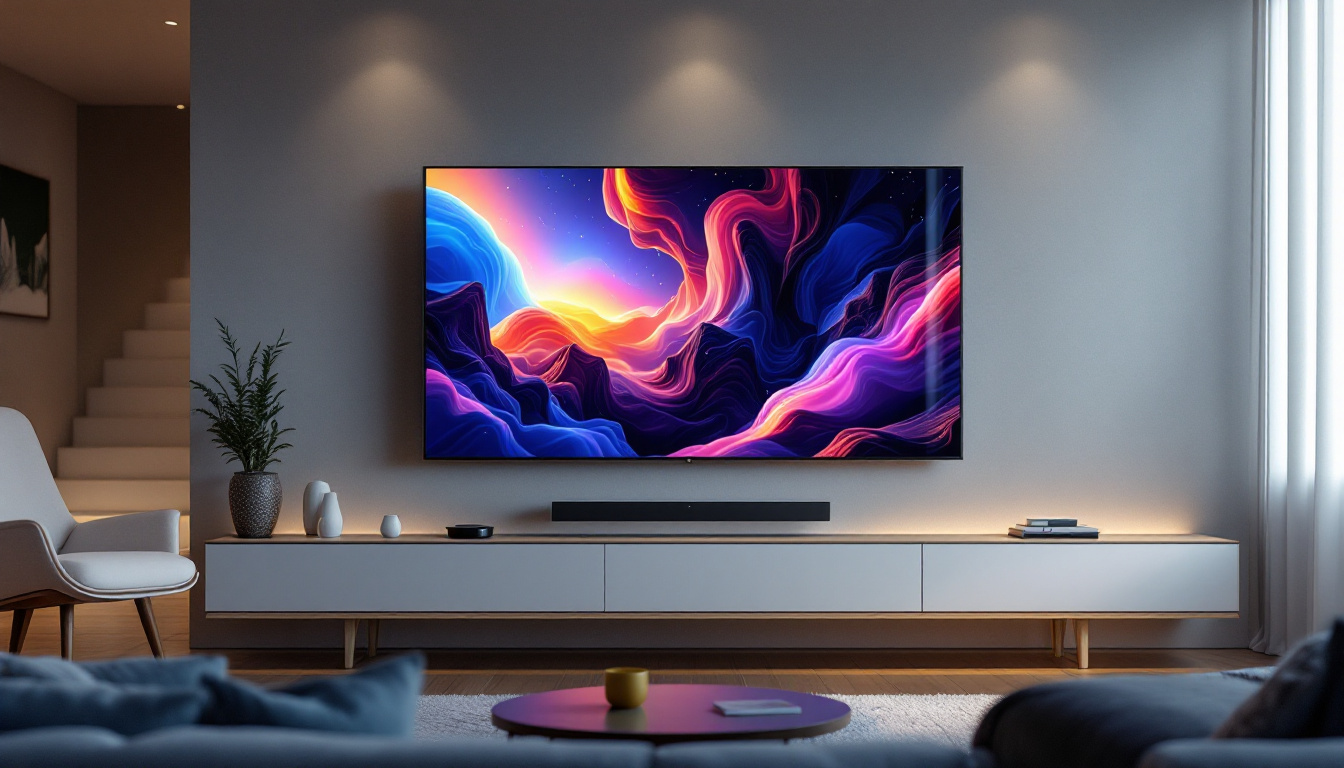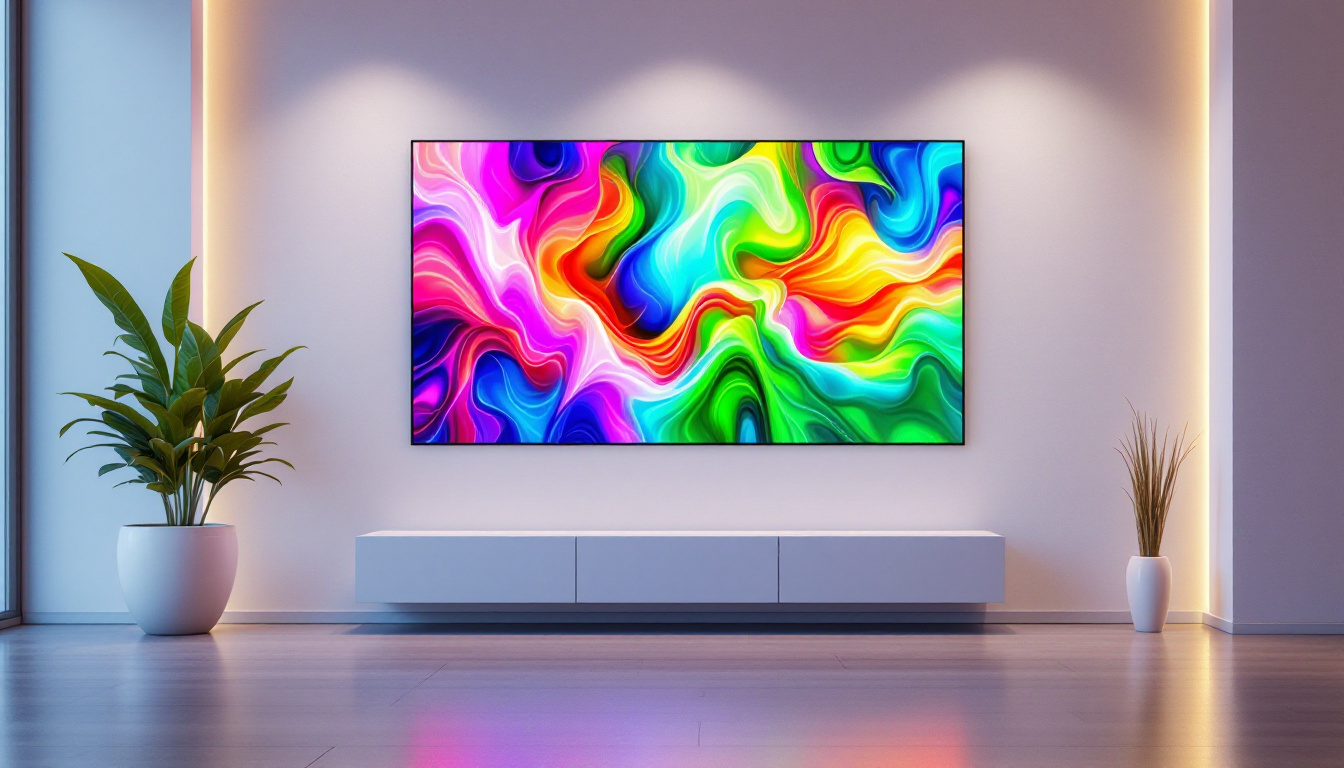In today’s digital landscape, the demand for high-quality displays has surged, especially for touch screen monitors. The 32-inch touch screen monitor with 4K resolution represents a significant advancement in display technology, offering users an immersive experience that combines clarity, responsiveness, and versatility. This article delves into the features, benefits, and applications of 32-inch 4K touch screen monitors, while also explaining the underlying LED display technology.
Understanding 4K Resolution
4K resolution, also known as Ultra High Definition (UHD), refers to a display resolution of approximately 3840 x 2160 pixels. This high pixel density results in sharper images, finer details, and a more vibrant color palette compared to standard HD displays. The increased resolution is particularly beneficial for professionals in fields such as graphic design, video editing, and gaming. The clarity of 4K resolution allows for a more accurate representation of visual content, making it easier for creators to produce high-quality work that meets the demands of modern audiences.
The Benefits of 4K Resolution
One of the primary advantages of 4K resolution is the enhanced clarity it provides. With four times the pixel count of Full HD (1920 x 1080), users can enjoy images that are incredibly detailed. This is especially important when working with intricate designs or high-resolution images, where even the smallest details can make a significant difference. The ability to zoom in on images without losing quality allows for more precise editing and manipulation, which is invaluable for professionals who require accuracy in their work.
Additionally, 4K monitors offer a wider color gamut, allowing for more accurate color reproduction. This is crucial for graphic designers and photographers who rely on precise colors to create visually appealing content. The rich color depth and contrast ratios available with 4K displays also contribute to a more immersive viewing experience. Furthermore, the higher resolution improves the overall visual experience in various applications, from watching movies to playing video games, where the realism and depth of field can significantly enhance engagement.
Applications of 4K Touch Screen Monitors
32-inch 4K touch screen monitors find applications across various industries. In education, these monitors facilitate interactive learning experiences, enabling teachers and students to engage with content dynamically. In corporate settings, they serve as powerful presentation tools, allowing for seamless collaboration during meetings. The touch functionality encourages participation and interaction, making it easier for teams to brainstorm ideas and visualize concepts in real-time.
Moreover, in the realm of entertainment, these monitors enhance the viewing experience for gamers and movie enthusiasts alike. The combination of touch functionality and high-resolution visuals creates an engaging platform for interactive gaming and multimedia consumption. As gaming technology continues to evolve, the demand for high-quality displays grows, with 4K monitors offering a competitive edge by providing stunning graphics and responsive touch capabilities. This not only elevates the gaming experience but also opens up new possibilities for developers to create more immersive and interactive content that captivates audiences.
In the retail sector, 4K touch screen monitors are revolutionizing customer engagement. Retailers are utilizing these displays for interactive kiosks, allowing customers to browse products, access information, and even make purchases directly from the screen. This integration of technology enhances the shopping experience, making it more convenient and engaging. Additionally, the high-resolution visuals attract attention and can effectively showcase products in a way that standard displays cannot, ultimately driving sales and improving customer satisfaction.
Touch Screen Technology: How It Works
Touch screen technology has evolved significantly over the years, with various methods employed to detect touch inputs. The two most common types used in 32-inch monitors are capacitive and resistive touch screens. Understanding how these technologies work can help users choose the right monitor for their needs.
Capacitive Touch Screens
Capacitive touch screens utilize the electrical properties of the human body to detect touch. When a finger approaches the screen, it creates a change in the screen’s electrostatic field, allowing the device to register the touch. This technology is known for its high sensitivity and responsiveness, making it ideal for applications requiring precise touch input.
Capacitive screens are often more durable and offer better image clarity compared to resistive screens. They support multi-touch gestures, enabling users to perform actions such as pinch-to-zoom or swipe with ease. This feature is particularly beneficial in creative applications, where multiple touch points can enhance the user experience. Additionally, capacitive screens are often found in smartphones and tablets, where the demand for sleek design and high responsiveness is paramount. The glass surface of these screens not only provides a modern aesthetic but also contributes to their longevity, as they are less prone to scratches and wear compared to their resistive counterparts.
Resistive Touch Screens
Resistive touch screens, on the other hand, consist of two flexible layers separated by a small gap. When pressure is applied to the top layer, it makes contact with the bottom layer, registering the touch. While this technology is generally less sensitive than capacitive screens, it is often more cost-effective and can be used with gloves or styluses, making it suitable for various environments.
Although resistive screens may not support multi-touch gestures as effectively as capacitive screens, they remain a viable option for applications where precise touch input is less critical. Industries such as industrial automation and point-of-sale systems often utilize resistive touch technology due to its durability and reliability. Moreover, resistive touch screens can be advantageous in outdoor settings where sunlight can interfere with visibility; their ability to function accurately under bright conditions makes them a preferred choice for kiosks and outdoor displays. This adaptability, combined with their lower production costs, ensures that resistive touch screens continue to have a significant presence in the market, especially in applications where budget constraints are a primary concern.
LED Display Technology: An Overview
LED (Light Emitting Diode) technology is a popular choice for modern displays, including 32-inch touch screen monitors. LED displays utilize semiconductor technology to produce light, resulting in bright, vibrant images with excellent contrast ratios. Understanding the advantages of LED technology can help users appreciate the quality of their touch screen monitors.
Advantages of LED Displays
One of the primary benefits of LED displays is their energy efficiency. Compared to traditional LCD screens that use fluorescent backlighting, LED displays consume less power, leading to lower energy bills and a reduced environmental impact. This energy efficiency is particularly advantageous for users who rely on their monitors for extended periods.
LED displays also offer superior brightness and contrast levels. The ability to produce deeper blacks and brighter whites enhances the overall viewing experience, making images appear more dynamic and lifelike. This is especially important for users who engage in graphic design or video editing, where color accuracy and contrast are paramount.
Types of LED Displays
There are several types of LED displays, including edge-lit and full-array backlit screens. Edge-lit displays use LEDs positioned along the edges of the screen, while full-array backlit displays feature a grid of LEDs behind the entire screen. Full-array displays typically offer better contrast and uniformity, making them a preferred choice for high-end monitors.
In addition to these types, some monitors incorporate local dimming technology, which allows specific areas of the screen to dim independently. This feature enhances contrast and improves the overall image quality, particularly in scenes with varying brightness levels.
Choosing the Right 32-Inch Touch Screen Monitor
When selecting a 32-inch touch screen monitor, several factors should be considered to ensure it meets specific needs and preferences. These factors include resolution, touch technology, connectivity options, and additional features.
Resolution and Display Quality
While 4K resolution is a significant selling point, it is essential to consider the overall display quality. Look for monitors with high color accuracy, wide viewing angles, and low response times. Reading reviews and checking specifications can help identify monitors that deliver exceptional visual performance.
Additionally, consider the intended use of the monitor. For creative professionals, a monitor with excellent color reproduction and calibration capabilities is crucial. For general use, a standard 4K display may suffice.
Touch Technology
As previously discussed, the choice between capacitive and resistive touch technology can impact user experience. For applications requiring precise touch input and multi-touch functionality, capacitive screens are typically the better choice. However, for environments where durability and versatility are essential, resistive screens may be more suitable.
Connectivity and Additional Features
Connectivity options are another critical consideration. Ensure the monitor has the necessary ports, such as HDMI, DisplayPort, and USB-C, to connect to various devices. Some monitors also offer built-in speakers, adjustable stands, and VESA mount compatibility, adding to their versatility.
Additional features such as blue light filtering, anti-glare coatings, and touch calibration tools can enhance the overall user experience. These features may be particularly beneficial for users who spend long hours in front of the screen.
Conclusion
The 32-inch touch screen monitor with 4K resolution represents a powerful tool for both personal and professional use. With its stunning visuals, responsive touch technology, and versatile applications, it caters to a wide range of users, from educators to gamers. Understanding the intricacies of 4K resolution, touch screen technology, and LED displays can help users make informed decisions when selecting the right monitor for their needs.
As technology continues to evolve, the capabilities of touch screen monitors will undoubtedly expand, offering even more innovative features and applications. Investing in a high-quality 32-inch touch screen monitor can enhance productivity, creativity, and entertainment, making it a worthwhile addition to any workspace or home setup.
Discover the Future of Visual Display with LumenMatrix
Ready to elevate your visual experience with the latest in LED display technology? Look no further than LumenMatrix, a pioneer in crafting immersive LED display modules designed to bring your content to life. Whether you’re seeking to enhance your brand’s presence or captivate your audience with high-definition visuals, LumenMatrix offers a comprehensive range of solutions, including Indoor and Outdoor LED Wall Displays, Vehicle LED Displays, and more. Embrace the future of visual communication and check out LumenMatrix LED Display Solutions today to see how our innovative displays can transform your space and message.

